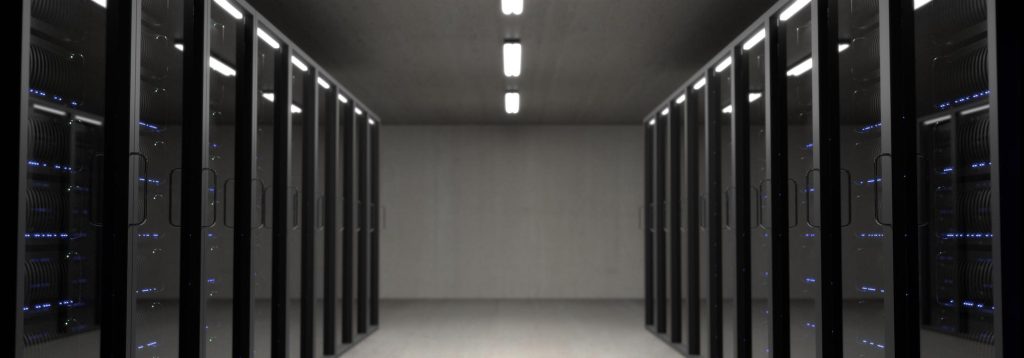An effective AI system relies on various technical, infrastructure, network, storage, compute, and service architecture components working together. Here are some of the key components.
Hardware.
– CPUs (Central Processing Units): General-purpose processors that can handle a variety of tasks, including AI workloads.
– GPUs (Graphics Processing Units): Originally designed for graphics rendering, GPUs are now widely used for parallel computation in AI, particularly in training deep learning models.
From our partners:
– TPUs (Tensor Processing Units): Specialised hardware accelerators designed specifically for AI workloads, such as deep learning model training and inference.
– FPGAs (Field-Programmable Gate Arrays): Reconfigurable integrated circuits that can be tailored for specific AI tasks, offering a balance between flexibility and performance.
Storage.
– Local storage: Fast storage devices like SSDs (Solid State Drives) or HDDs (Hard Disk Drives) provide storage for AI systems.
– Distributed storage: Scalable storage solutions like Hadoop HDFS or object storage (e.g., Amazon S3) enable storing and managing large datasets required for AI workloads.
– In-memory storage: High-speed memory storage systems like Redis or Apache Ignite can store frequently accessed data to accelerate AI processing.
Network.
– High-speed networking: Low-latency, high-bandwidth networks are crucial for efficient data transfer and communication between AI system components.
– Load balancing: Distributing AI workloads across multiple servers or clusters to optimize resource utilization and performance.
– Edge computing: Deploying AI models and processing at the network edge, closer to the data sources, can reduce latency and improve responsiveness.
Compute.
– Cloud computing: Public or private cloud infrastructure provides scalable computing resources for AI workloads, enabling rapid scaling and efficient resource utilization.
– On-premises data centers: Some organizations may prefer to build and maintain their data centers for AI workloads, especially when dealing with sensitive data or specific regulatory requirements.
– Serverless computing: Serverless platforms, like AWS Lambda or Google Cloud Functions, allow deploying AI models and processing as functions that automatically scale based on demand.

Software and frameworks.
– Machine learning frameworks: Libraries and tools like TensorFlow, PyTorch, and scikit-learn make it easier to develop, train, and deploy AI models.
– Data processing and analytics: Tools like Apache Spark, Hadoop, and Pandas enable efficient data processing, transformation, and analysis required for AI workloads.
– Containerization and orchestration: Technologies like Docker and Kubernetes simplify the deployment, management, and scaling of AI applications and services.
Services and APIs.
– AI Platform-as-a-Service (PaaS): Cloud providers offer AI platforms that abstract away underlying infrastructure and provide easy-to-use tools and services for developing, training, and deploying AI models.
– AI APIs: Pre-built AI models and services, such as natural language processing, computer vision, and speech recognition, can be accessed through APIs provided by cloud platforms or specialized AI vendors.
An effective AI system requires a well-integrated combination of these components, tailored to the specific requirements of the AI workload. Additionally, factors like security, privacy, and compliance must be considered to ensure responsible AI development and deployment.
For enquiries, product placements, sponsorships, and collaborations, connect with us at hello@zedista.com. We'd love to hear from you!
Our humans need coffee too! Your support is highly appreciated, thank you!

